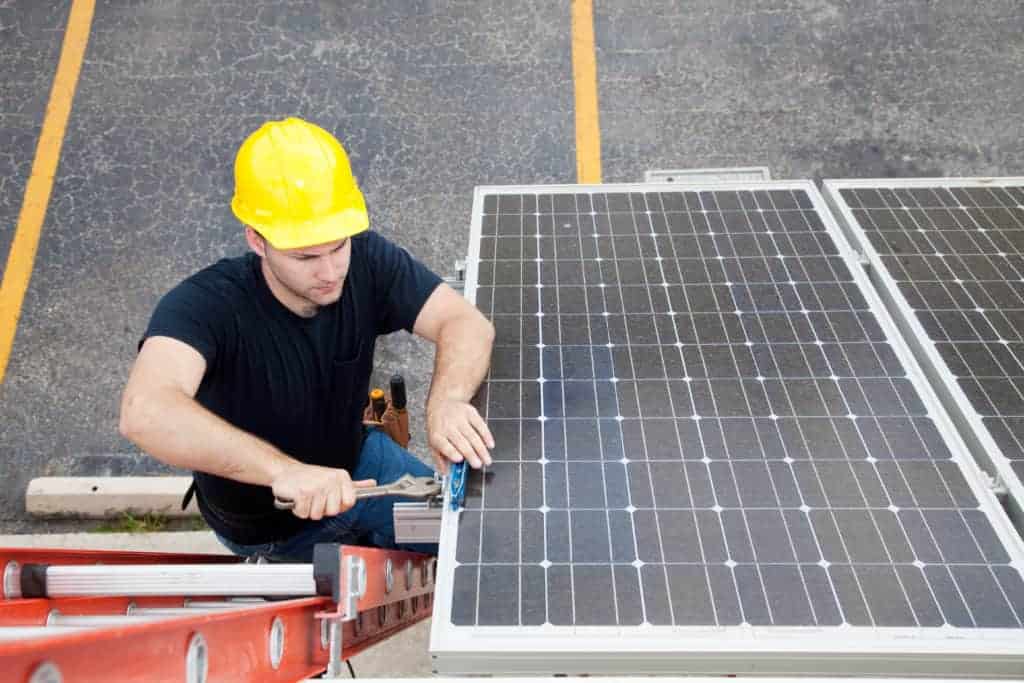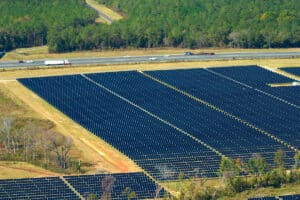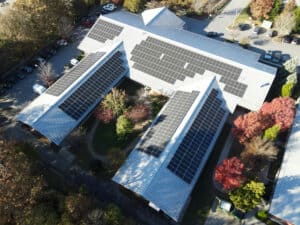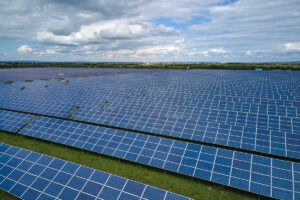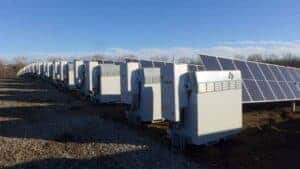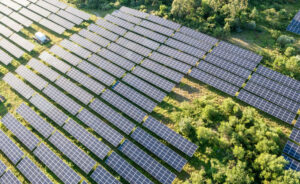A solar Request for a Proposal (RFP), is a formal bid document to ask vendors to provide proposals for desired projects, as required by many public agencies, according to the Environmental Protection Agency.
This process is most often accomplished through bidding. A solar request for proposal outlines the photovoltaic (PV) product or service requirements, the contract terms, and the bidding process. RFPs are normally issued to receive competitive bids on a power purchase agreement (PPA).
What is a Solar PPA?
A PPA is a financial contract between a third-party developer and a customer who purchases the system’s electric output from the solar providers. The third-party developers own, operate, and maintain the PV systems and the customer pays for the electric output based on an agreed-upon price and predetermined period. A PPA would occur if the customer, such as a local government agency, didn’t want to directly buy the PV system itself but was interested in the electricity that the system produced.
According to the U.S Department of Energy, in this case, the agency will request bids that are based on the PPA price for electricity, the rate at which this electricity price increases over the life of a contract along with things like productions guarantees, buy-out options and end of term options. Once a solar PPA provider is selected, it is the solar company that will contract and pay for the actual installation of the system.
5 Step Process of a Solar RFP
So, we established that an RFP normally takes place due to a power purchase agreement. But, how does the process actually work? Here are the five main steps of the RFP procurement process.
1. Develop the RFP
First, the RFP needs to be put together. Just as there is a diverse range of projects, RFPs can be extremely diverse as well. But, some of the main elements of an RFP are universal such as the project objections, bid timeline, and project specifications.
2. Issue the RFP
It’s recommended that the issuing agency should disseminate the RFP as widely as possible. This will allow for the greatest number of respondents and for the agency to have the greatest number of options.
3. Administer the RFP
This is the process of responding to bidder questions and concerns. To make this process easier, it’s important to not leave room for the bidder to be uncertain. This means that having a clear goal in your RFP followed by an extensive amount of information about the site is crucial and can save a lot of time in this phase.
4. Evaluate Bids based on Predetermined Criteria
Solar project outcomes are tied to project goals this is why it is important to have clearly defined goals before issuing an RFP. Individual project goals will affect how each proposal is evaluated.
5. Select the Winning Bidder
Now, for the final part of the solar RFP process — pick the winner! Step 4 and 5 go hand-and-hand. Make sure the evaluation follows the predetermined criteria so the best option is picked.
For More Information
If you are a government agency looking for renewable energy-related RFPs that they’re looking to bid out, contact us!
